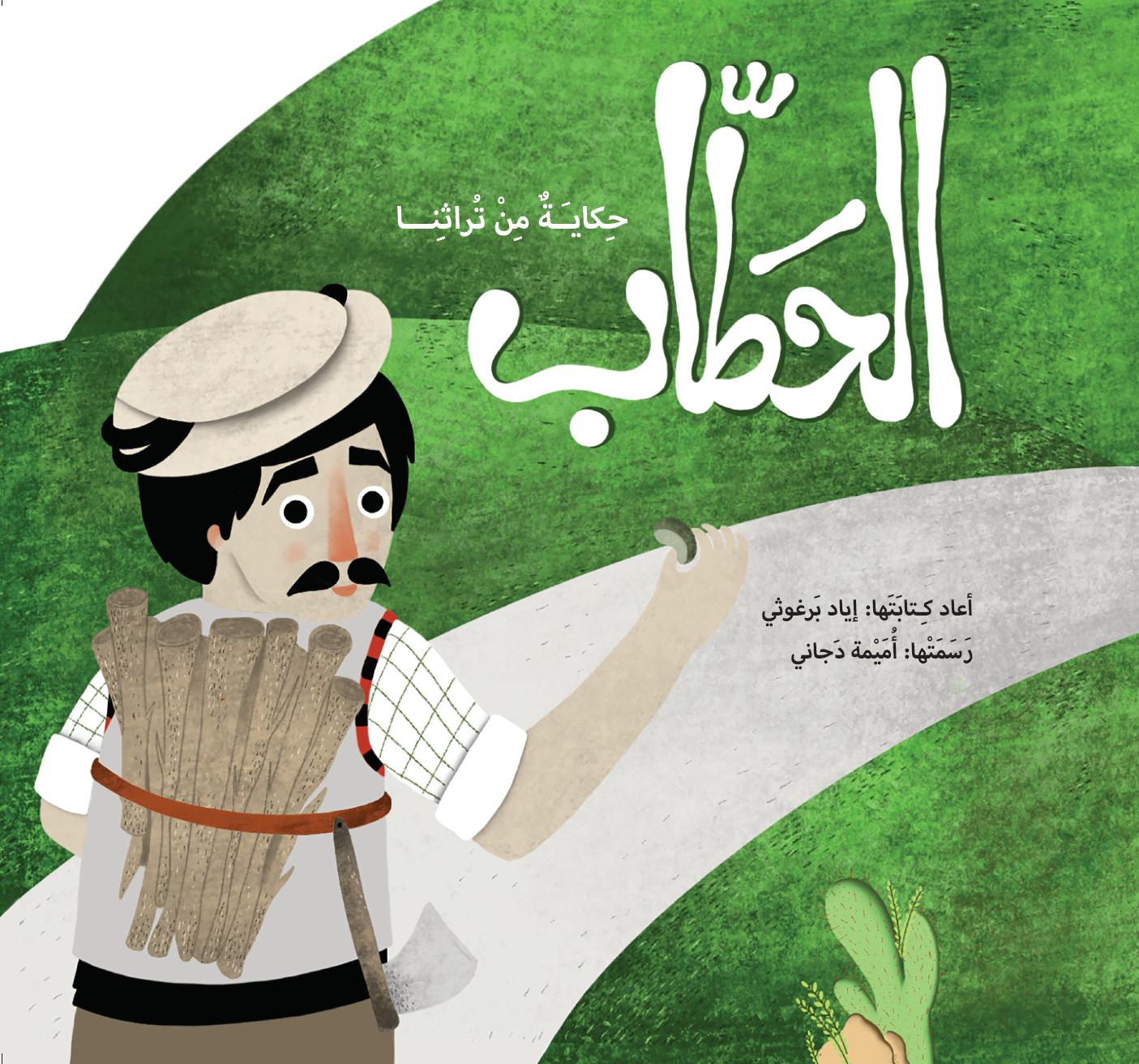
A retelling of a classical Arabic folktale about a poor woodchopper who receives a magic pot from a genie, giving him the best food and a wheat grinder that produces silver coins. The woodchopper soon learns that it is not important how much you have but that you spend it wisely. This book was produced at the initiative of Maktabat al-Fanoos.



